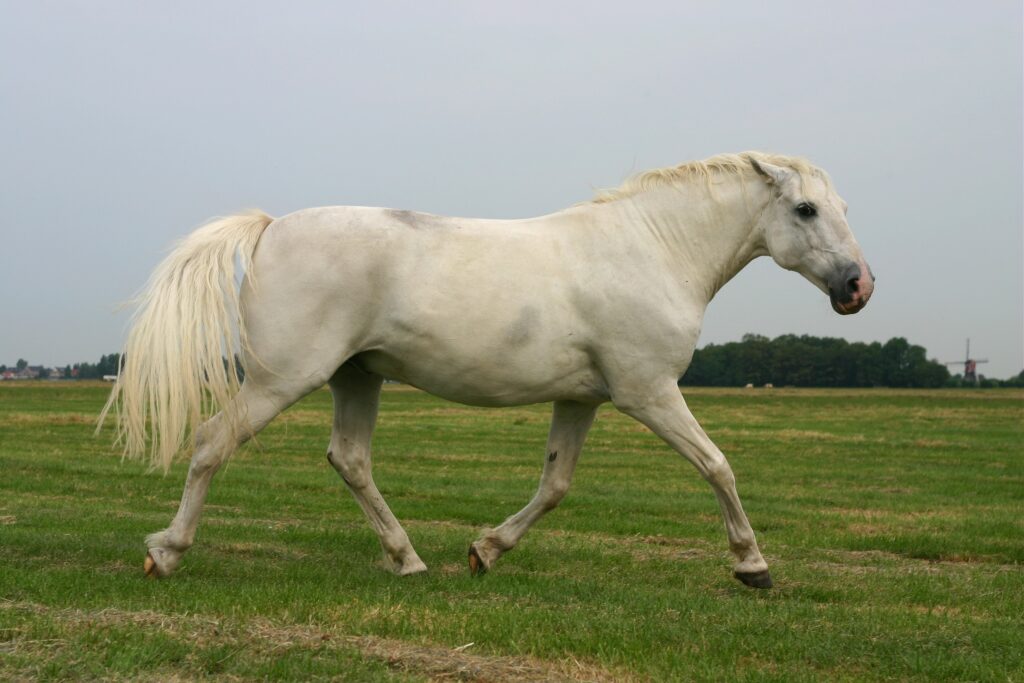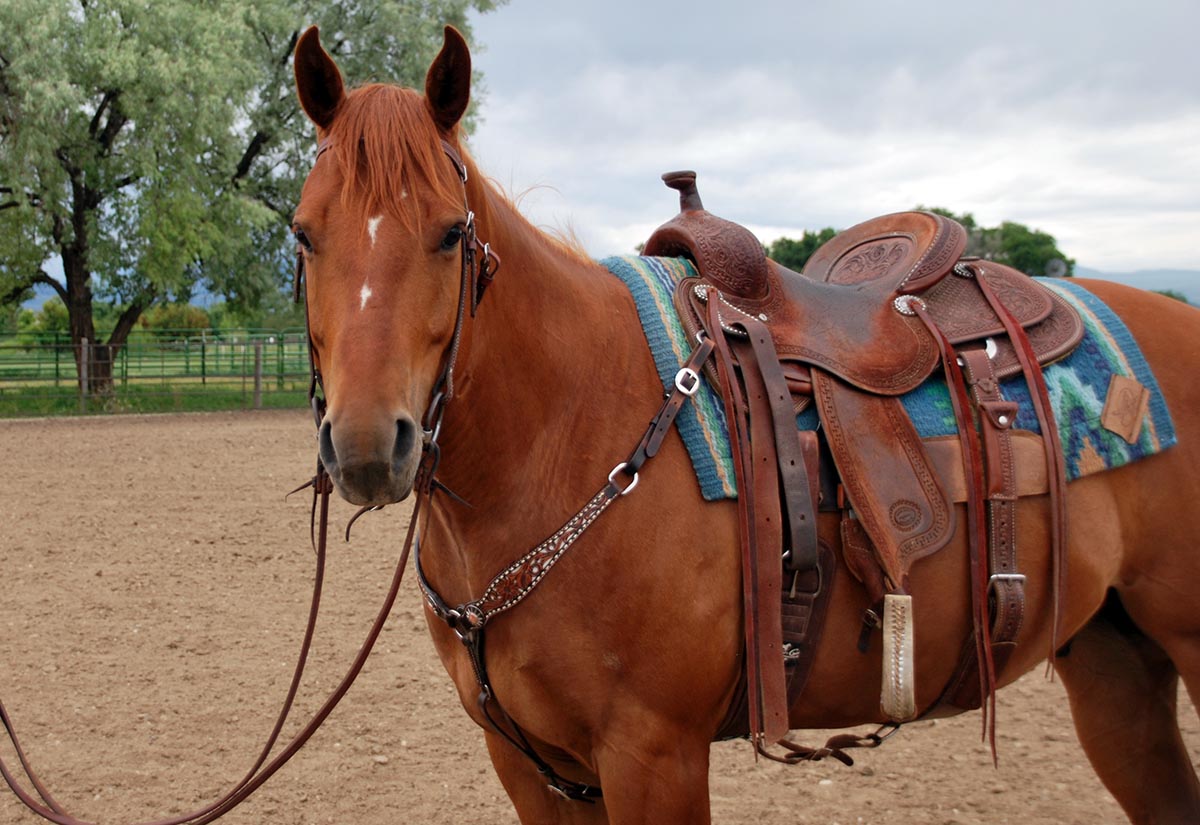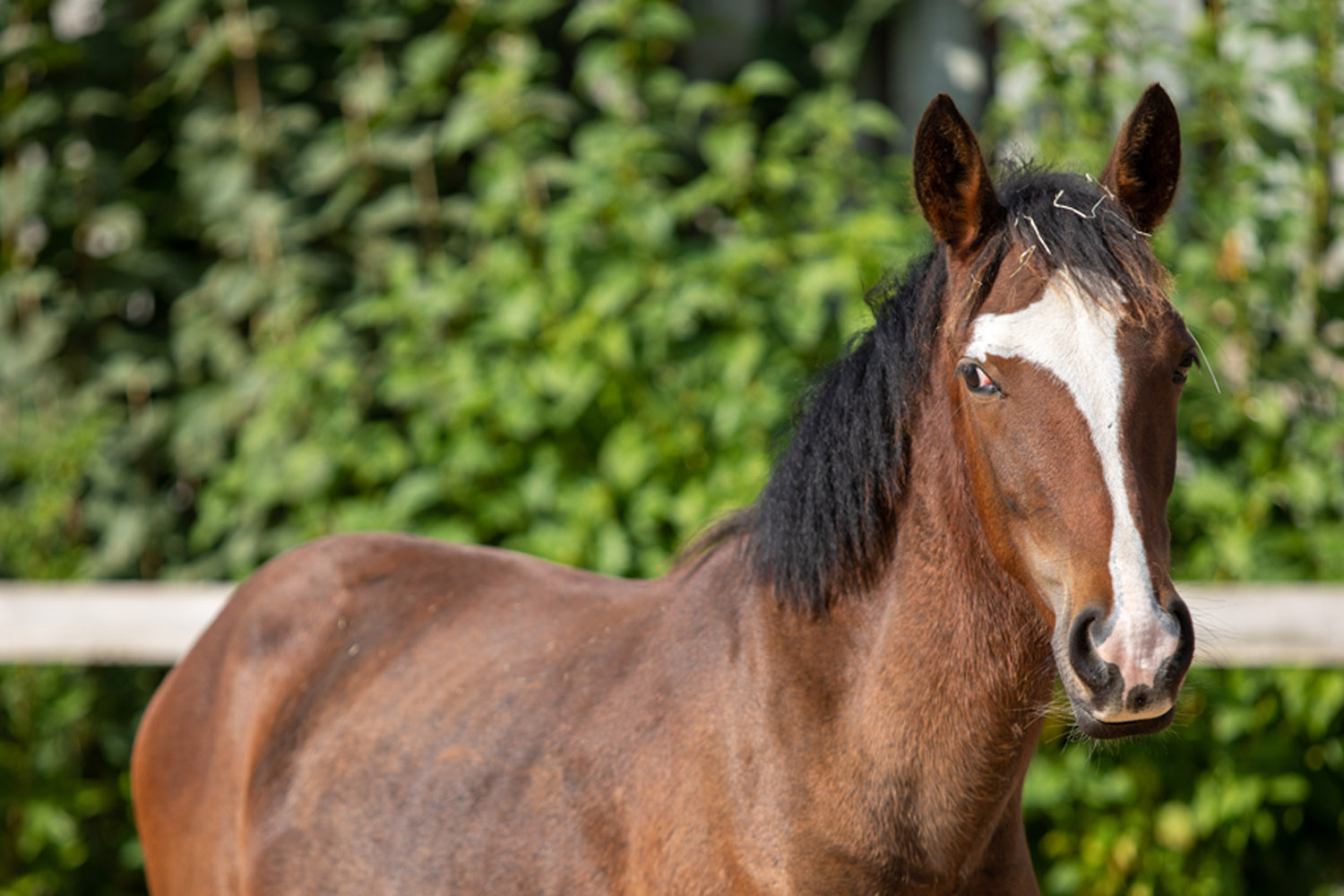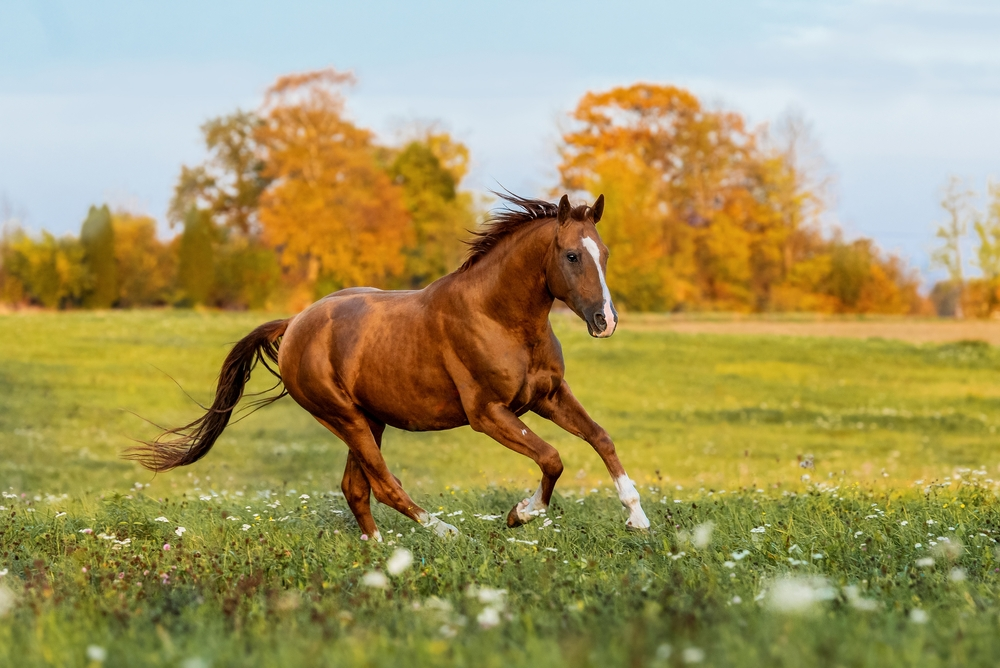Equine behavior, particularly in a group setting, is a fascinating subject that is often misunderstood. This article aims to shed light on the intricacies of horse herd behavior, providing insights into the social dynamics and communication methods within the herd.
Group Dynamics in Equine Herds
Horses, by nature, are social animals that thrive in a herd environment. The structure of a herd is complex, with each horse playing a unique role. The hierarchy within a herd is typically determined by factors such as age, gender, and experience.
Communication Methods in Horse Herds
Communication within a horse herd is predominantly non-verbal, with horses using body language to express their feelings and intentions. This can include everything from subtle ear movements to more obvious behaviors such as kicking or biting.
Understanding and Managing Herd Behavior
Understanding the behavior of horses in a herd setting is crucial for anyone involved in their care. It allows for better management of the herd and can help prevent issues such as aggression or isolation. For a deeper dive into equine behavior, consider checking out this comprehensive guide on equine behavior.
To ensure your horses are at their best, it’s important to keep hooves healthy and to nourish from within.
By gaining a deeper understanding of horse herd behavior, we can better care for these majestic creatures and ensure their wellbeing.








